Hepatic lipase (HL) Activity Assay Kit
Note: Take two or three different samples for prediction before test.
Operation Equipment: Spectrophotometer
Cat No: BC2380
Size:50T/24S
Components:
Reagent I: 100 mL×1. Storage at 4℃.
Reagent II: 3 mL×1. Storage at 4℃.
Reagent III: Powder×1. Storage at 4℃. Before use, add 30 mL of distilled water, fully dissolve.
Reagent IV: Powder×2. Storage at -20℃. Before use, add 2 mL of distilled water to the one, fully dissolve. The dissolved reagent can be stored at -20 °C after repacking. Avoid repeated freeze-thaw cycles;
Standard: Powder×1. Before use, 6.94 mL of acetone is added to prepare a 10 μmol/mL α-naphthol
standard solution, which was fully dissolved before use.
Product Description:
Hepatic lipase (HL) is a lipolytic enzyme synthesized in liver parenchymal cells. It is present on the surface of the liver sinusoidal endothelial cells and the surface of the hepatocyte microvilli in the sinusoidal space, and can hydrolyze various lipoproteins. The triglycerides (TG) and phospholipids (PL) in the medium change the size and density of various lipoprotein particles. When the HL and its activity in the plasma increasing, it can lead to low density lipoprotein (LDL) levels in the plasma, increase and accelerate the occurrence and development of atherosclerosis.
HL hydrolyzes α-naphthyl acetate to produce α-naphthol, which can form a purple-red azo compound with fast blue B salt. It has a characteristic absorption peak at 595 nm, and its color depth is positively correlated with liver esterase activity within a certain range.
Reagents and Equipment Required but Not Provided:
Spectrophotometer, water bath, balance, centrifuge, adjustable transferpettor, 1 mL glass cuvette, mortar/homogenizer, ultrasonic crusher, ice and distilled water.
Procedure:
I. Enzyme extraction
- Tissue
According to the tissue mass (g): the volume of Reagent I (mL) is 1:5~10 to extract. It is recommended to add 1 mL of Reagent I to 0.1 g of tissue, and fully homogenize on ice bath. Centrifuge at 10000g for 10 minutes at 4℃ to remove insoluble materials, and take the supernatant on ice before testing.
- Bacteria or cells
According to the bacteria or cells (104): the volume of Reagent I (mL) is 500~1000:1. It is recommended to add 1 mL of Reagent I to 5 million of bacteria or cells. Use ultrasonication to splitting bacteria and cells (placed on ice, ultrasonic power 300W, working time 3s, interval 7s, total time 3 min). Centrifuge at, 10000g for 10 minutes at 4℃ to remove insoluble materials and take the supernatant on ice before testing.
- Culture medium or other liquid: Detect directly.
II. Detection
- Preheat spectrophotometer for 30 minutes, adjust the wavelength to 595 nm, set zero with distilled water.
- Preheat reagent III at 30℃ for more than 20 minutes.
- Standard: Dilute the 10μmol/mL standard solution to 1.25, 0.625, 0.3125, 0.15625, 0.078μmol/mL with reagent I.
- Add the following reagents in 1.5 mL EP tubes:
| Contrast tube (C) | Test tube (T) | Standard tube (S) | Blank tube (B) | |
| Sample (μL) | 100 | 100 | – | – |
| Standard solution (μL) | – | – | 100 | – |
| Reagent I (μL) | 450 | 400 | 400 | 500 |
| Reagent II (μL) | – | 50 | 50 | 50 |
| Mix and react for 10 min at 30℃ | – | – | ||
| Reagent III (μL) | 400 | 400 | 400 | 400 |
| Reagent IV (μL) | 50 | 50 | 50 | 50 |
| Mix thoroughly and detect the absorbance at 595 nm, record as AC, AT, AS and AB respectively. ΔAT=(AT-AC), ΔAS=(AS-AB). A contrast tube is required for each test tube, and the standard curve need only be tested once or twice. | ||||
III. Calculation:
1.Standard curve
The concentration of standard solution as x-axis, ΔAS as y-axis, obtain the equation y=kx+b. Take ΔAT to the equation to acquire x (μmol/mL) value.
2. Calculation
- Tissue protein concentration
Unit definition: One unit of enzyme activity is defined as the amount of enzyme that catalyzes the hydrolysis of α-naphthyl acetate to generate 1 μmol of α-naphthol every mg of protein in the reaction system per minute at 40℃.
HL Activity (U/mg prot)=x×Vs÷(Vs×Cpr)÷T =0.1x÷ Cpr
- Tissue weight
Unit definition: One unit of enzyme activity is defined as the amount enzyme that catalyzes the hydrolysis of α-naphthyl acetate to generate 1 μmol of α-naphthol every gram of tissue in the reaction system per minute at 40℃.
HL Activity (U/g weight) = x×Vs÷(W×Vs÷Ve)÷T =0.0333x÷ W
- Liquid
Unit definition: One unit of enzyme activity is defined as the amount of enzyme that catalyzes the hydrolysis of α-naphthyl acetate to generate 1 μmol of α-naphthol every milliliter of liquid sample in the reaction system per minute at 40℃.
HL Activity (U/mL) =x× Vs÷Vs÷T=0.1x
- Bacteria or cultured cells
Unit definition: One unit of enzyme activity is defined as the amount of enzyme that catalyzes the hydrolysis of α-naphthyl acetate to generate 1 μmol of α-naphthol every 104 cells or bacteria in the reaction system per minute at 40℃.
HL Activity (U/104 cell) =x× Ve÷ cell amount÷ T= 0.1x÷ cell amount
Vs: Sample volume (mL), 0.1 mL; Ve: Extract solution volume, 1 mL;
Cpr: Supernatant sample protein concentration (mg/mL); T: Reaction time (min), 10 minutes;
W: Sample weight, g;
Cell amount: 10 thousand as unit.
Note:
- If the sample is animal liver, it is recommended to dilute the sample with reagent I more than 25 times before testing, and multiply the dilution factor in the calculation
- If the sample is serum or plasma from obese animals, it is recommended to dilute the sample with reagent I more than 5 times before testing, and multiply the dilution factor in the calculation
- When ΔA is greater than 0.8, it is recommended to measure the sample after diluting it with the reagent, and multiply it by the dilution factor in the calculation
Experimental example:
- 1g rat liver was taken for sample processing, and the supernatant is diluted 24 times, then the operation is carried out according to the operation steps. Measured and calculated by 96 well plate: ΔA = AT-AB = 0.713-0.001=0.712, and the standard curve: y = 0.6381x – 0.0005, calculate x =1.1166
HL activity (U/g mass) = x×VS ÷ (W×VS ÷ VST)÷ T ×48 = 53.597 U/g mass.
- After the turkey serum was diluted 6 times, the operation was carried out according to the operation steps. Measured and calculated by 96 well plate: ΔA = AT-AB =0.572-0.003=0.569, and the standard curve: y = 0.6381x – 0.0005, calculate x =892
HL activity (U/g mass) = x×VS ÷ (W×VS ÷ VST)÷ T ×12 = 1.071 U/g mass
Related Products:
BC2340/BC2345 Lipase(LPS) Activity Assay Kit
BC0620/BC0625 Triglyceride(TG) Content Assay Kit
BC2440/BC2445 Lipoprteinlipase(LPL) Activity Assay Kit
BC0320/BC0325 Plant Lipoxygenase(LOX) Activity Assay Kit
BC0590/BC0595 Free fatty Acids(FFA) Content Assay Kit
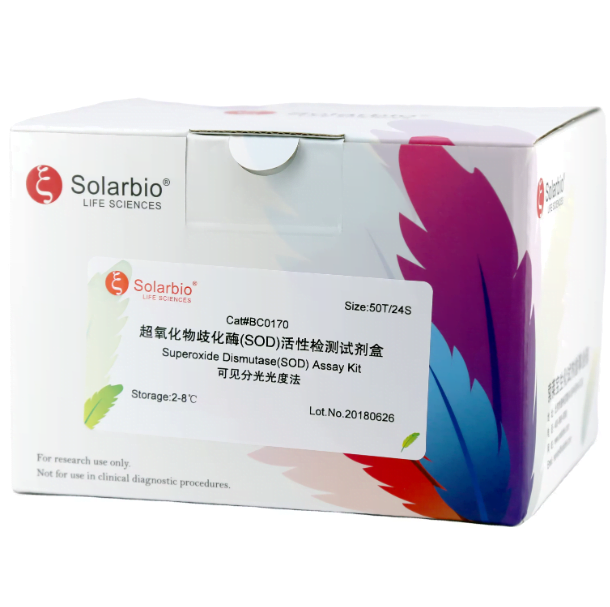
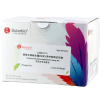
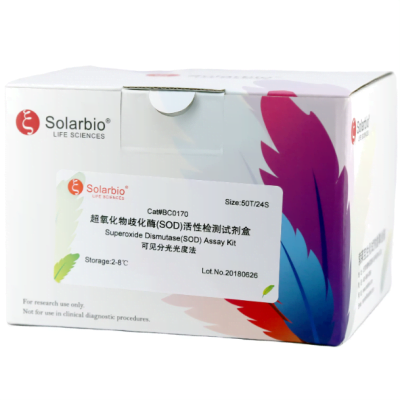
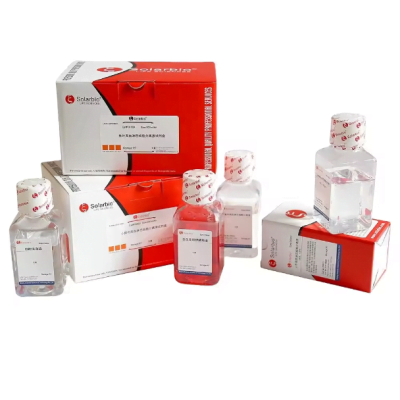
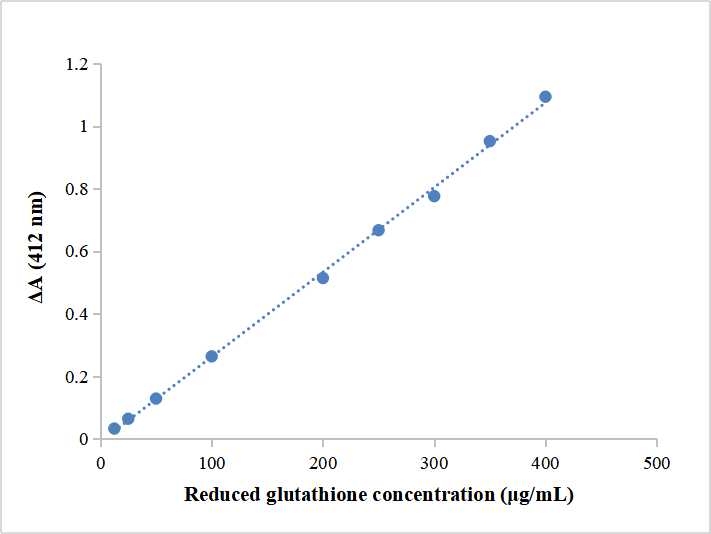
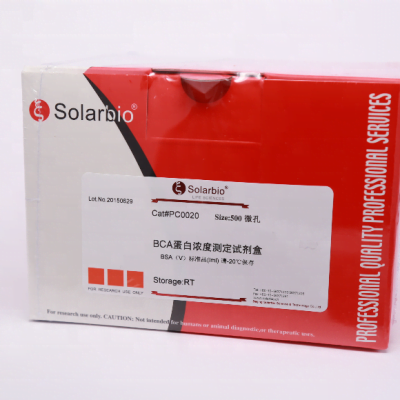

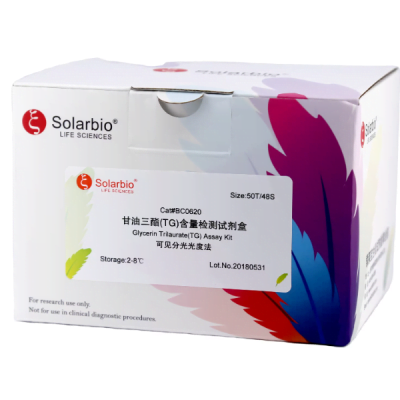
Reviews
There are no reviews yet.